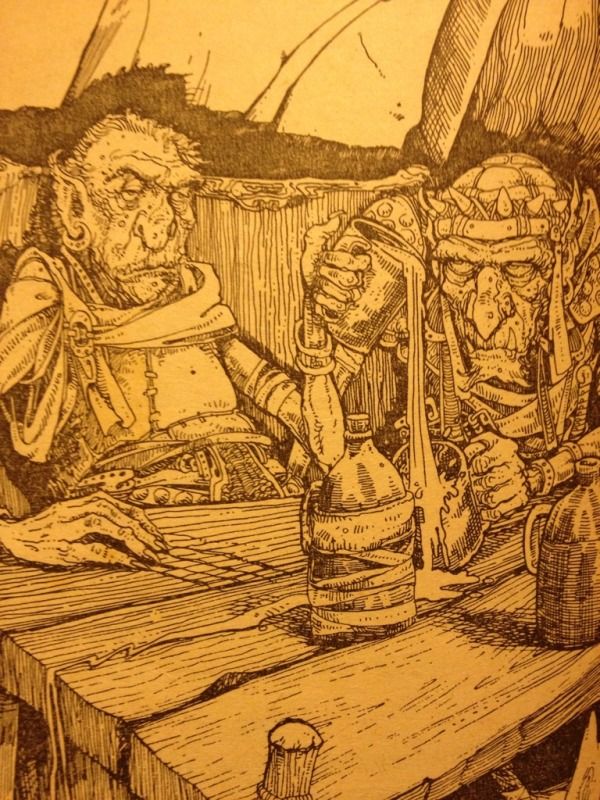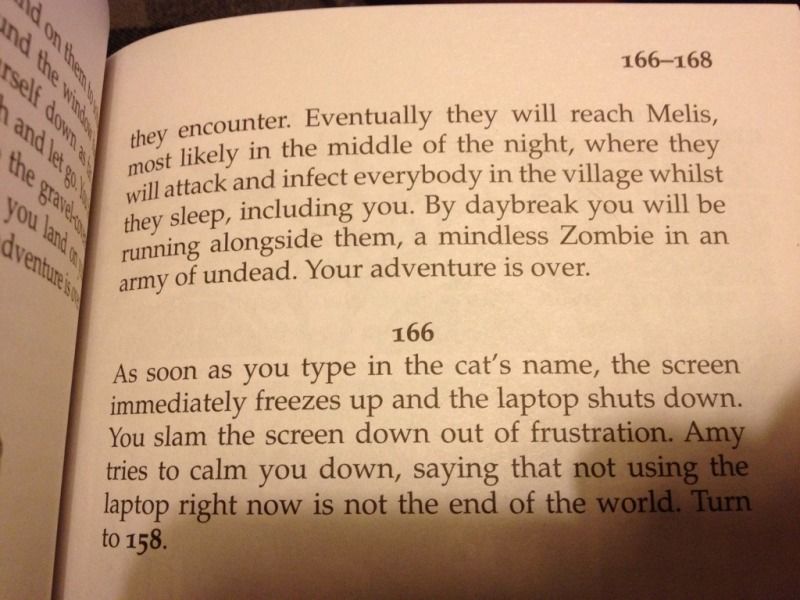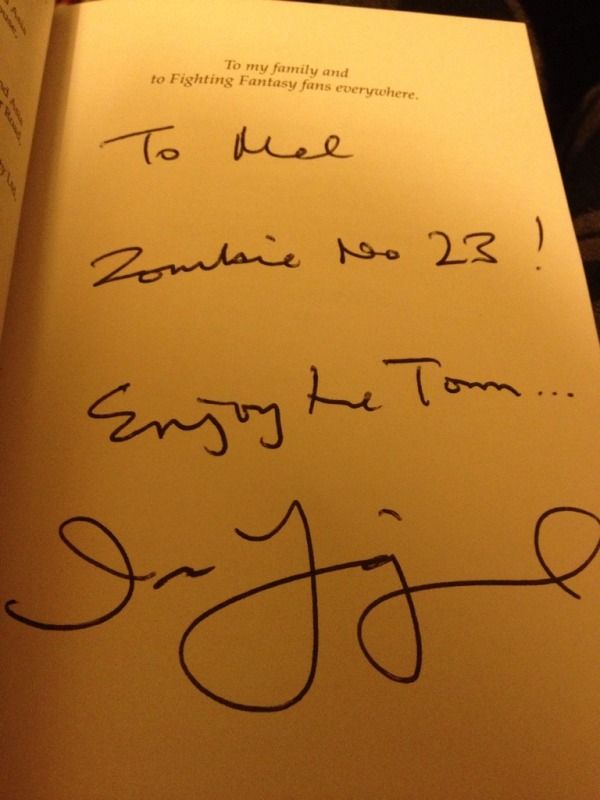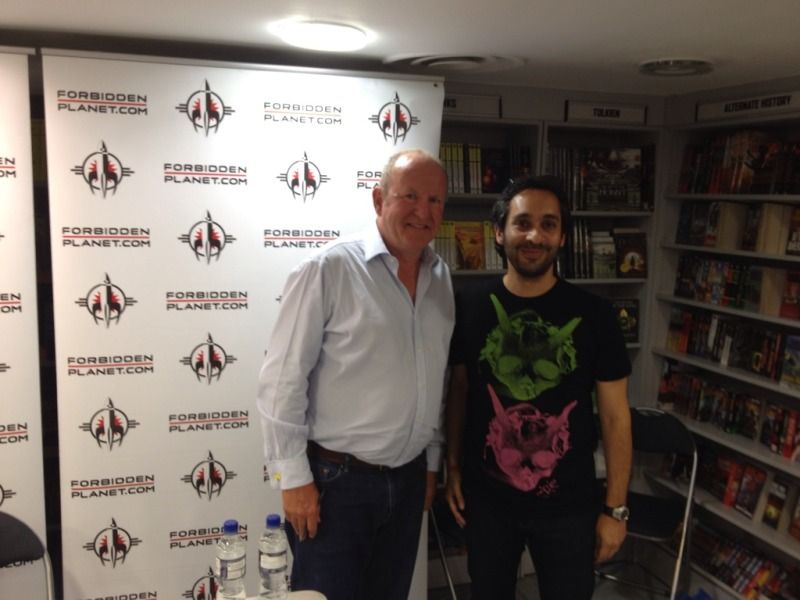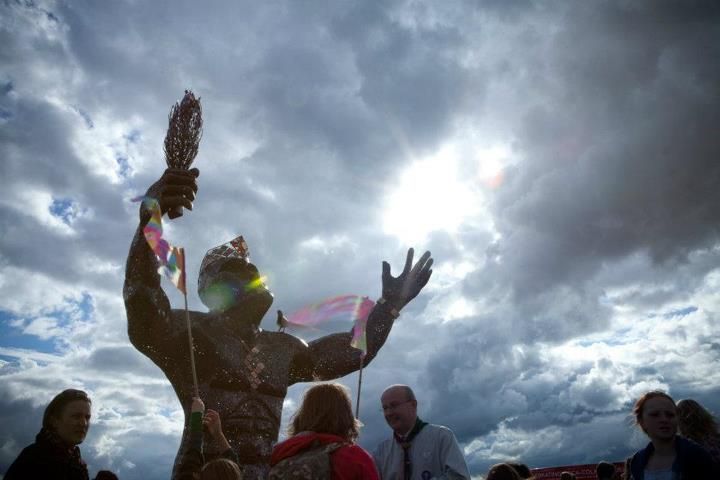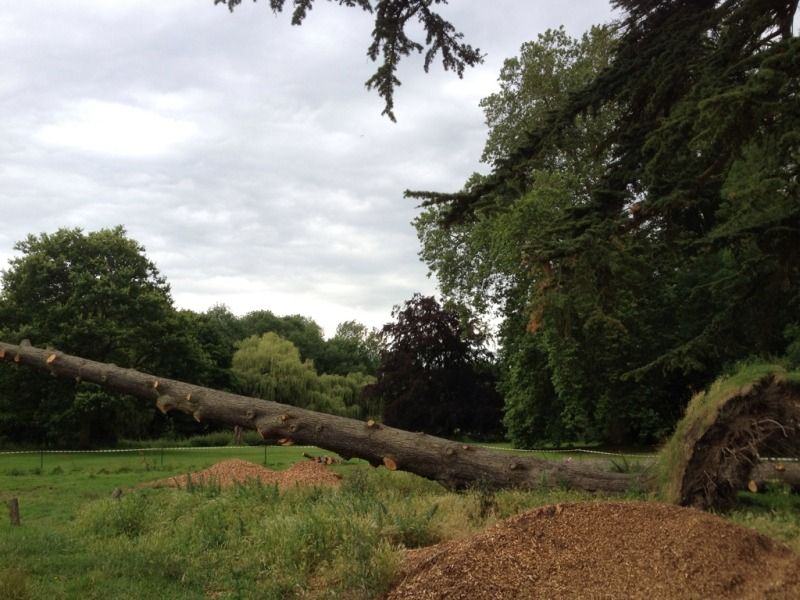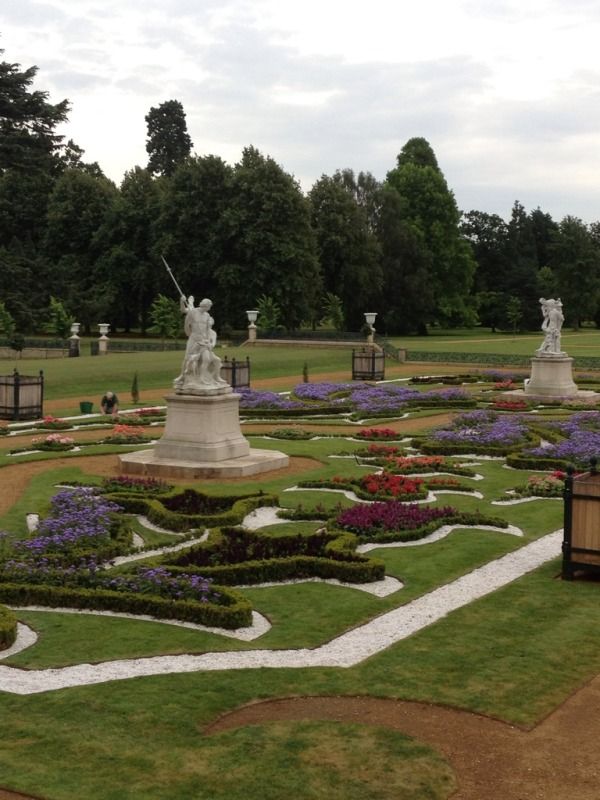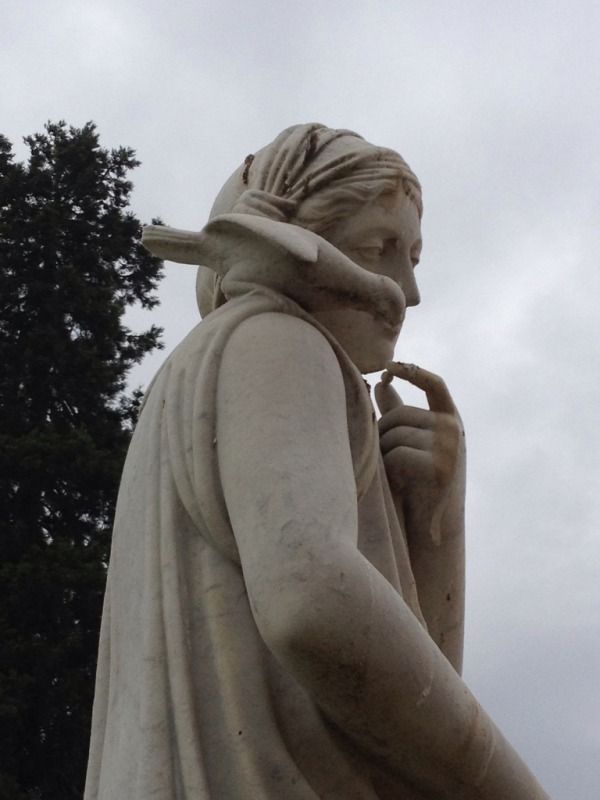Poor Cecilia Gimenez, she’s been in the news recently after taking it upon herself to restore a much loved but deteriorating fresco “Ecce Homo” in her local church, the Sanctuary of Mercy near Zaragoza. It was painted over 100 years ago by the artist Elías Garcia Martínez.
The well meaning octogenarian mangled it to such an extent, the normally sedate BBC described it thus “the once dignified portrait now resembles a crayon sketch of a very hairy monkey in an ill fitting tunic". Ooooh miaow! But they do have a point.
Here are the three versions of it, the original, the deteriorated version and Mrs Gimenez’s magnificent restoration.

This got me thinking, what sort of a job would I do if I were to be given the opportunity to restore some world famous artworks? We’ll start with Edvard Munch’s “The Scream”. Let’s imagine I needed to restore the face, that anguished roar.

You know what. I’ve done a pretty fucking good job of it. I didn’t leave enough space for the mouth, so it’s kind of to the side, but I think this adds the vulnerability of the work, not only is the subject screaming, but they have a mouth on the side of their face, which probably led to much ridicule throughout their life and probably contributed to this outburst of deep seated pain.
Ok, let’s tackle Da Vinci’s Mona Lisa next. Yeah yeah yeah, that enigmatic half smile, the eyes that follow you round. I know he was a genius, I don’t deny him this. I’ve seen his shit man (you can read about it in this blog post which isn’t quite as silly). It’s great, not only was he a magnificent artist, but he was an inventor, an anatomist and a superb all round intellectual. I appreciate what I’m dealing with here. The leading light of the Renaissance, against an irreverent blogger whose intellectual peak came and went aged 6.
Again, let us imagine her face needed restoration. Well, working from the original, I’ve come up with something close to Leonardo’s perfection.

Although some would say this looks like a really rubbish Homer Simpson sitting on the toilet, I think the constipated grimace does have an enigmatic quality worthy of Da Vinci. It would be several weeks before an expert in the Louvre noticed anything amiss.
Ok, next artwork. How about Van Gogh’s Self-portrait with bandaged ear (and pipe) 1889? It’s an iconic image. So, rather than restore, I thought, what would happen if I improved the image? So here are the results. Note three important details. Melancholy eyes, blood squirting and a steely grit of teeth. For those not used to subtlety, you can show them this version and they will know EXACTLY what the artist was feeling when he painted this self-portrait. Otherwise, they may never appreciate the artwork and that would be a waste, they’ll just think he’s got the mumps or something and is a bit pissed off with the cold weather. So I think this new version is educational too.

Right, onto my final piece. And possibly the most challenging. I have to say I worked and reworked this and I just couldn’t get the boobs right. It’s Picasso’s Les Demoiselles d’Avignon. The premise: What if some/a few of the boobs and a face needed restoring?
Well here is the result.

As you can see, I didn’t quite get this right, so I thought I’d add a descriptive guidance note to the work as well as some helpful arrows. I’m very happy with the nose though, it’s definitely Picasso-esque. In fact, it makes the original nose look fake.
So there you go, in summary, several reasons why I should never be allowed to touch any artwork anywhere in the world.
As for Cecilia Gimenez, I genuinely do feel really sorry for her. She acted in good faith and just messed up. So please take this blog post as just a bit of fun. No offence intended, I love all of these artists! And I love Cecilia Gimenez, because she tried to do the right thing.
 My duffed up copy of Warlock
My duffed up copy of Warlock